When you think Hawaii, you think Kona coffee. Every self-respecting coffee connoisseur knows this rule, and with good reason. Kona is truly excellent coffee when it’s well prepared. What sets these beans apart from Earth’s other coffees? What are its tasting notes?
The History of Coffee in Hawaii
Sources just don’t agree about what date coffee plants were first brought to Hawaii. Some say they were imported by a Spaniard in 1813, others say it was an American who brought them in 1825, and yet others assert that an American missionary shipped them over in 1828.
What we know for sure is that coffee plants were successfully growing on the Big Island by the late 1820s. From that time on, coffee cultivation quickly evolved and turned into major revenue for Hawaii. However, the archipelago was hit by various difficulties during the 19th century, including diseases on plantations, a lack of labourers caused by the mainland’s gold rush, and, to top it all off, drought.
The Golden Age
It was the 1950s. At that time, the Big Island counted about 6,000 acres of Kona, and produced over seventeen million pounds of Kona beans for export. Unfortunately, production began to decline as of 1960 due to changes in market demand and rising labour costs.
Then, around 1980, a trend came along to save the day: luxury coffee. Kona has developed an excellent reputation around the world and has forged a place of note within this new market. It has become easier to find in coffee shops and specialized stores the world over. In fact, it’s also at this time that Kona was awarded its specifically Hawaiian appellation.
Hawaiian Coffee Cultivation Today
Coffee is the second most valuable commodity produced by the state of Hawaii, standing at around $48 million per year. The archipelago counts nearly 900 coffee farms, or about 0.04% of the world’s total coffee production, which explains the considerable rarity of Hawaiian coffee!
Coffee cultivation in Hawaii is massively enhanced by the islands’ volcanoes. Volcanic mountainous soils are particularly rich and beneficial for growing coffee, and the volcanoes themselves provide a shield against strong winds. The mountainous elevations and mild weather (relatively plentiful rain, perfect temperatures) also contribute to growers’ success.
Although the Big Island boasts the biggest proportion of coffee farms, particularly in its Kona region, growers can also be found on Maui, Molokai, Oahu, and Kauai. However, Kona is the only region that has continuously produced coffee throughout all the years.
Given Kona’s rarity, consumers have to be particularly careful when purchasing it. A number of companies have elaborated ‘Kona blends’ containing other coffee beans of lesser quality in order to satisfy increasing demand, but some of these only include a tiny amount of Kona. In order to make an informed decision, make sure to look for blends where Kona content is clearly stated, or just buy "100% Kona Coffee" bags. Obviously, the prices won’t be the same!
Hawaii also has its own Kona Coffee Fest, the oldest gourmet festival in the archipelago! The event is meant to celebrate the harvest over ten days in November. You can visit coffee farms, sample exceptional products, and learn even more about Hawaiian coffee cultivation.
Kona
As we’ve said before, Kona is the largest coffee producing region in Hawaii. It’s where the incredible coffee of the same name is grown, which often ranks among the most expensive in the world. Every one of the islands produces high-quality coffee, but Kona reigns supreme over them all.
The particular geography and environment of this region give a completely unique taste to the beans that are grown there, which warrants its high price. Each sub-region benefits from a singular microclimate conferring distinct aromas to each blend.
More generally, Kona coffee presents notes of brown sugar and milk chocolate, as well as a healthy dose of fruitiness. The blends have a brilliant and pure taste. They also present a sweet but syrupy body.

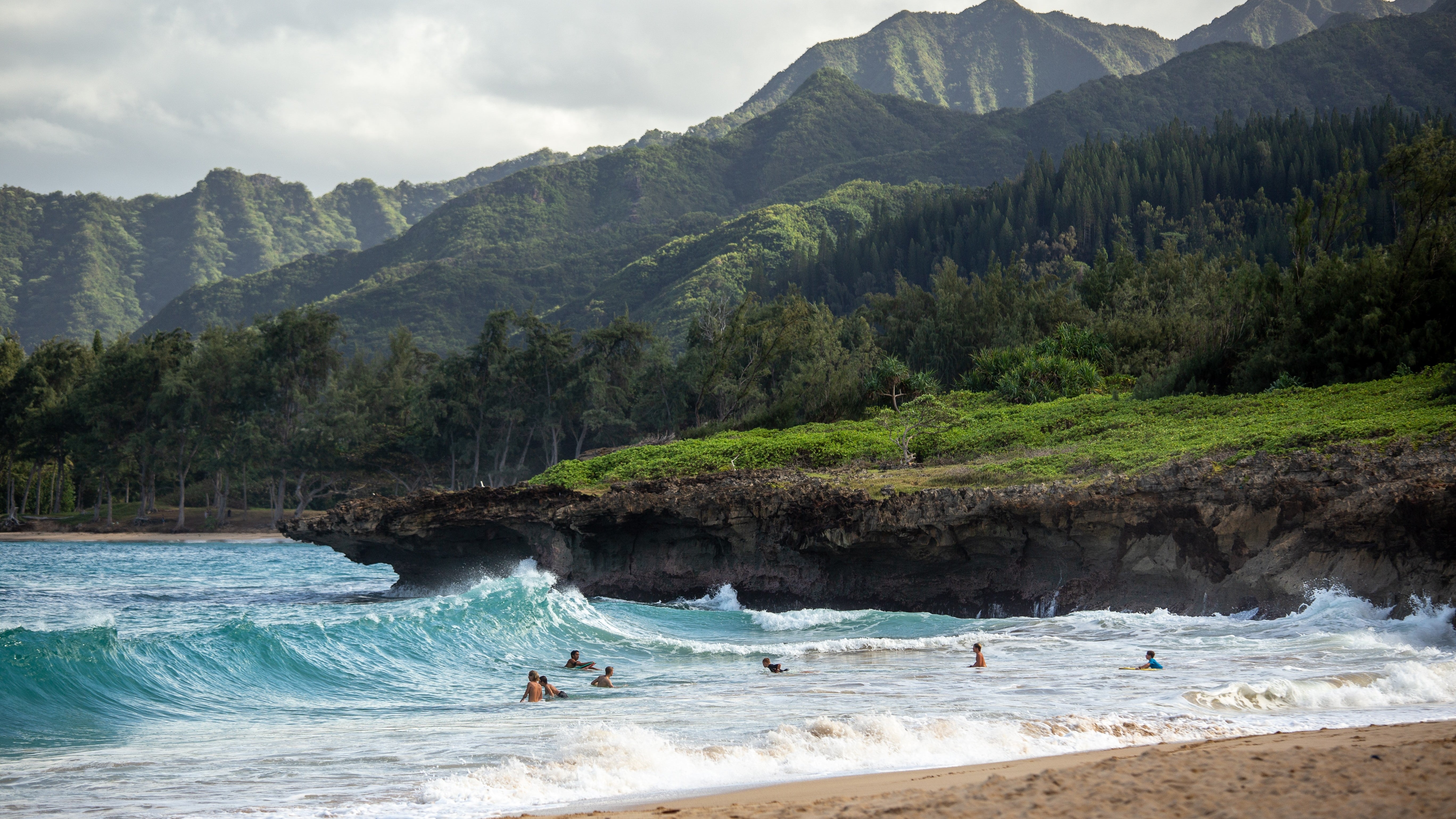

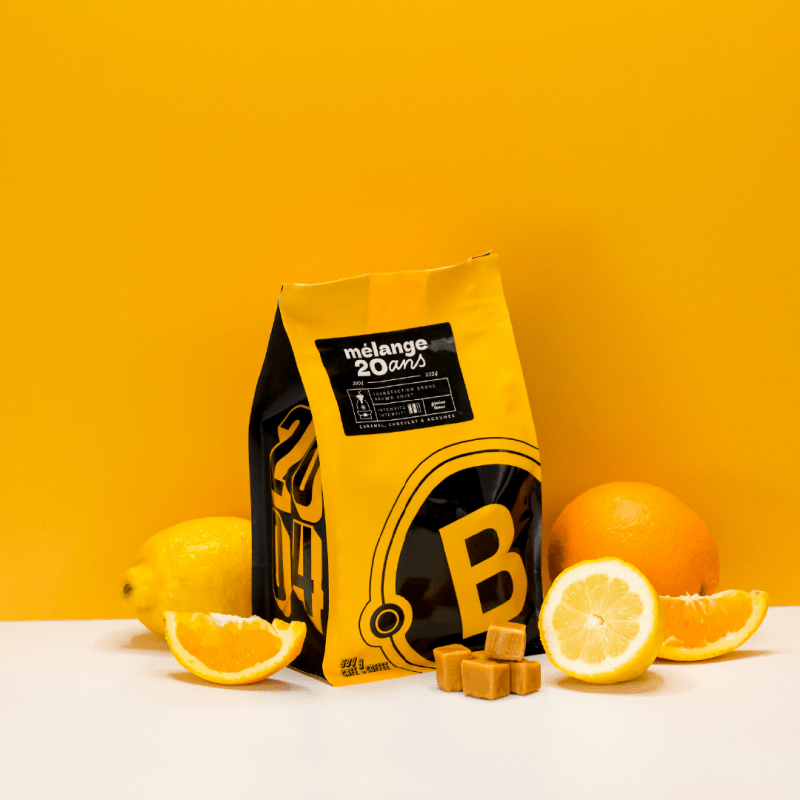


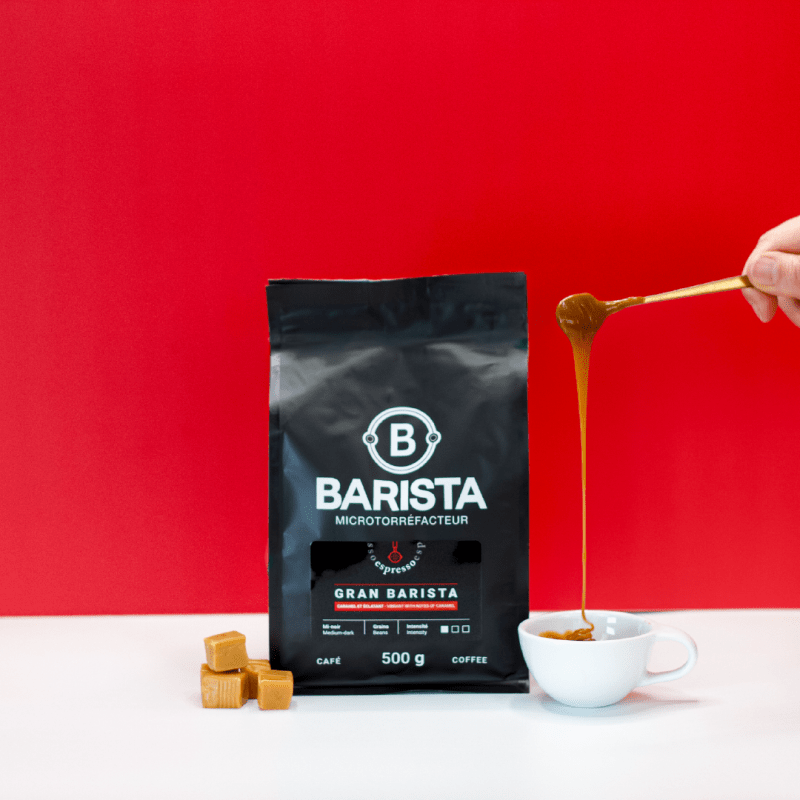
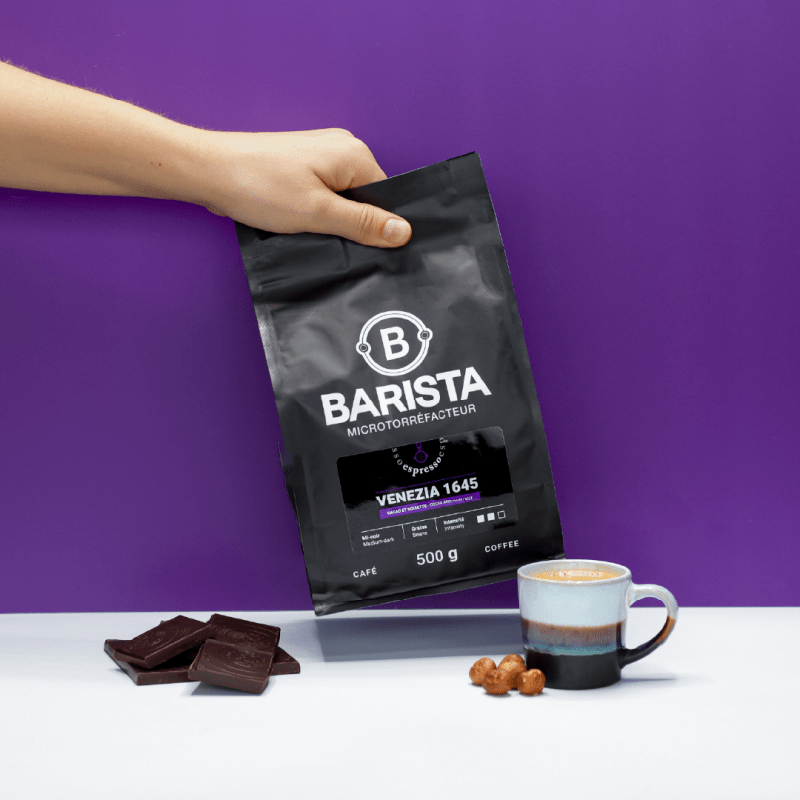

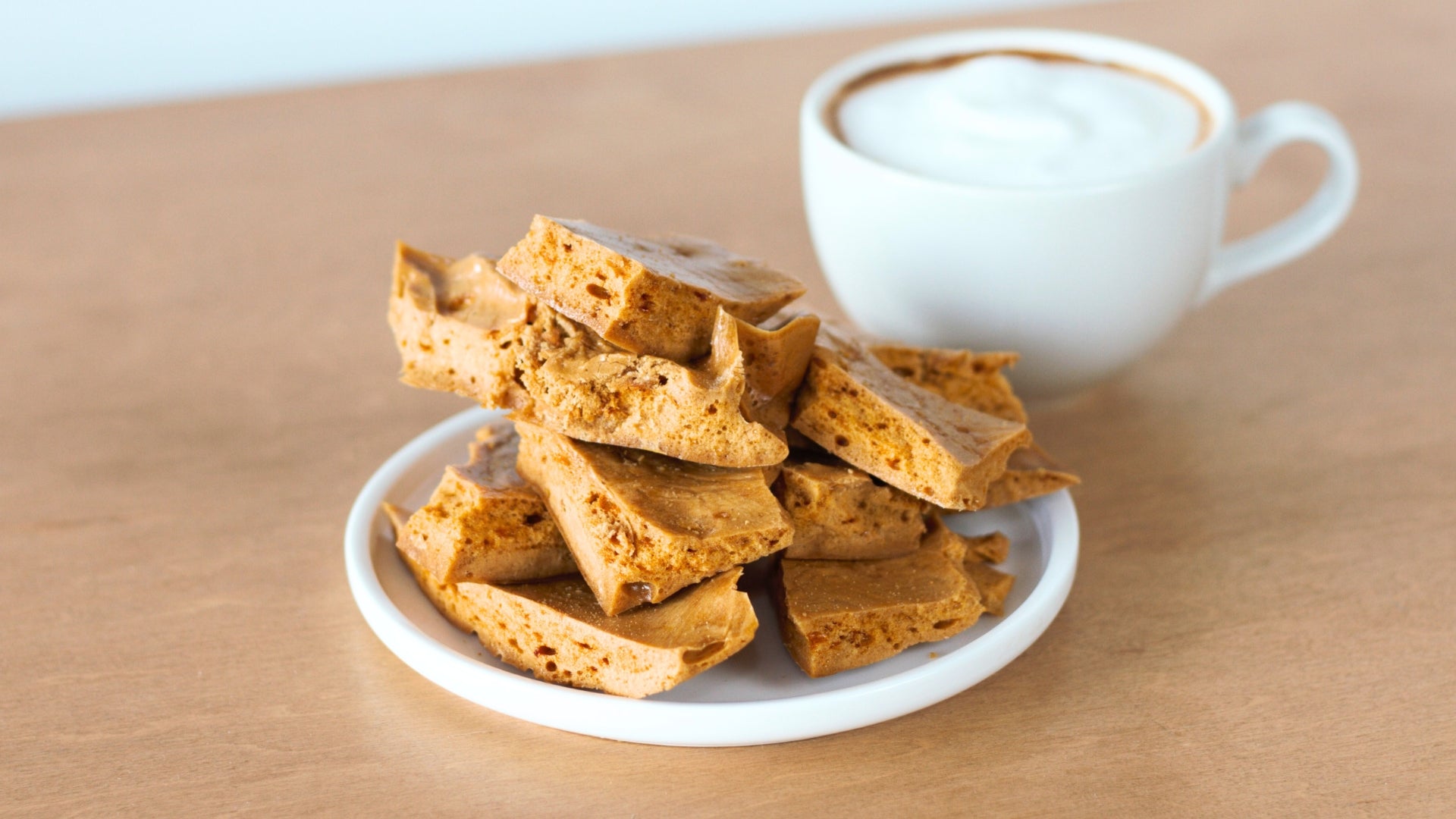
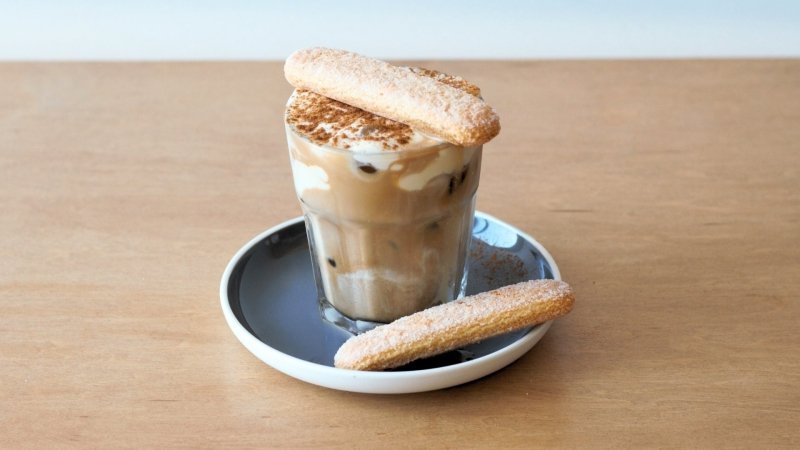
Share:
Coffee ‘Cupping’: Judging Coffee Bean Quality
Buying Local: More Than a Fad